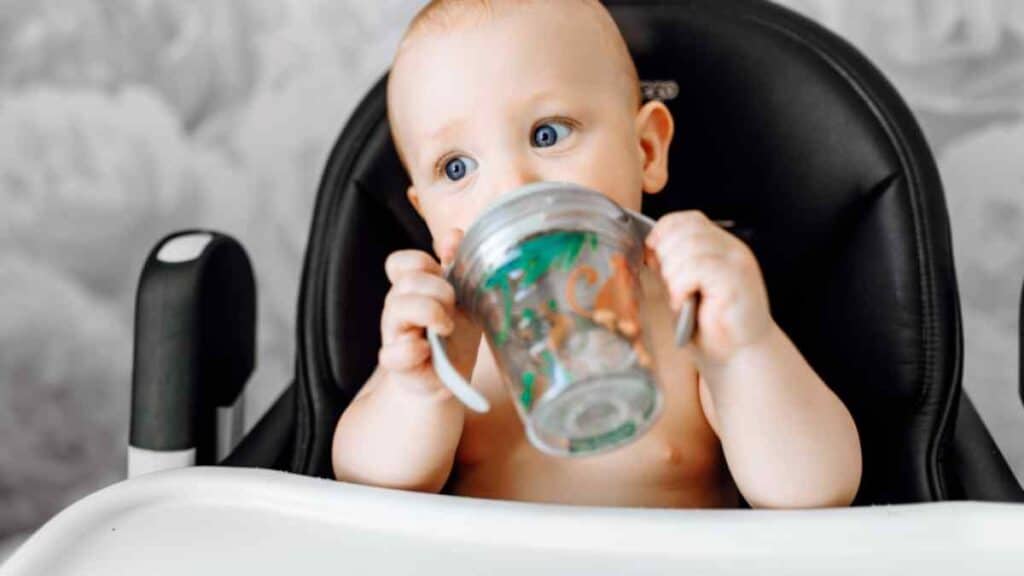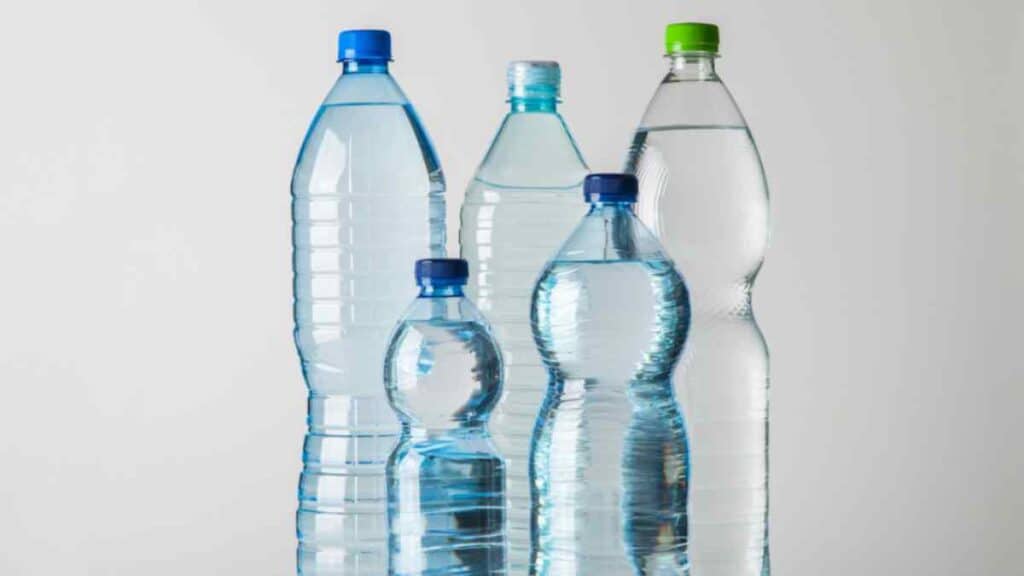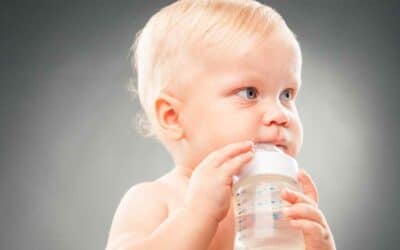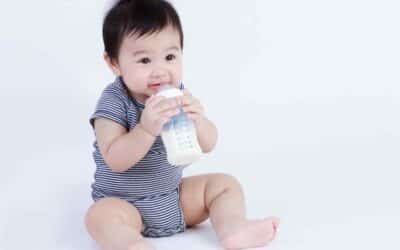When it comes to what we drink, there are many different options. You can choose from tap water, soda, juice, milk—the list goes on and on. And while many people rely on these beverages for hydration and refreshment, others prefer bottled water.
With so many options, figuring out which water you should drink can be challenging. Should you choose tap water? Or should you opt to drink bottled water instead?
In this blog post, we’ll discuss the differences between bottled water and tap water and why some people choose to drink one over the other. Whether you’re trying to save money, reduce your environmental impact, or ensure that you drink clean water, this guide has you covered. So, let’s dive in and take a closer look at bottled and tap water.

Water Is Essential for Health
Water is essential for good health. It helps to keep our bodies hydrated and functioning properly. Without enough moisture, our bodies can become dehydrated, leading to various health problems such as fatigue, headache, and even constipation.
For this reason, it’s important to drink water every day. The average person needs about 2 liters of water daily (about eight glasses). This can be consumed through food and beverages or by other means such as local tap water, fresh spring water, public drinking fountains, or bottled water.
Your body absorbs water through your digestive system and distributes it throughout your body’s cells, which need water to stay healthy. Water also helps promote bodily functions like circulation and digestion, which remove waste products from your body through urine excretion.
What Is Tap Water
Tap water is a convenient, affordable, clean, and safe drinking water source. It’s usually provided to homes and businesses by a public water supply system. It’s usually treated in a water treatment plant to make it safe to drink.
Tap water samples are then tested regularly to ensure that they meet health and safety standards for drinking water. The US Environmental Protection Agency (EPA) sets tap water safety standards that your town, city, or state enforces.
What Is Bottled Water
Bottled water is a packaged food product placed in a sealed container and sold for human consumption. It comes from many sources—some varieties, like spring water and artesian water, are bottled at the source using a water filter but may not be subject to any other processing.
Many bottled-water companies use municipal tap water that undergoes various purification processes before being bottled and sold as purified or distilled water. These water purification processes can include using carbon filters, reverse osmosis, deionization, UV light, and distillation, which may kill bacteria or remove contaminants.
Some bottled water is even sold as flavored water with added health benefits. However, they are not necessarily more pure than other types of bottled water.
Once bottled water has been produced and placed under sanitary conditions, it is regulated by the Food and Drug Administration (FDA). Environmental Working Group (EWG) also tests some bottled waters for contaminants such as microplastics that may pose health risks if consumed regularly over time.

What Is the Difference Between Tap Water and Bottled Water?
There are several other differences between tap water and bottled water. For example:
- Availability: Bottled water is available everywhere, but tap water is more limited. To get bottled water, you must walk into any grocery store or restaurant and ask for it. But if you want tap water, it may take more effort. You may need to find a public restroom with a sink with running water (if you’re lucky) or even fill up a reusable water bottle at home and take it with you wherever you go.
- Purity: Purity is one of the most significant differences between bottled water and tap water. And it’s not just about what’s in your glass—it’s also about how you get it there. Tap water is regulated by the EPA, while bottled water production is regulated by the Food and Drug Administration (FDA).
- The EPA sets standards for drinking water quality through its Safe Drinking Water Act. Tap water quality varies from state to state. But the EPA sets minimum national standards for potability. This means tap water is tested for any chemical contaminants and other impurities.
- Bottled water plants must also test their product for pollutants such as arsenic and lead. However, these tests are optional annually as they are for municipal tap systems.
- Taste: Tap water tastes vary depending on the location and the local water supply quality. Bottled water may have a different taste due to the type of water source and any additional treatment and water filters before it is put in sealed containers. In general, tap and bottled water taste about the same and don’t vary widely. Factors such as mineral content and the age of pipes can affect the taste of tap water, although most people cannot tell the difference between drinking tap water and bottled water in blind taste tests.
- Convenience: Drinking tap water is convenient and economical. Turn on a faucet to get safe, cool drinking water. You can also get free tap water from restaurants or public drinking fountains. Bottled water comes in lightweight, disposable plastic bottles that can be purchased when needed, then thrown away when empty. Bottled water helps you eliminate the need to carry heavy containers around with you all day. However, bottled water consumption poses an environmental impact due to the increase plastic waste.
Contaminants in Tap Water vs. Bottled Water
Government agencies regulate its quality to ensure that tap water is safe and pure. However, tap water can sometimes contain trace amounts of contaminants in various sources, such as the environment, pipes, and treatment processes.
For example, certain regions may have greater exposure to toxins like industrial pollutants or bacteria from agricultural runoff. Old plumbing may introduce contaminants like lead, and natural disasters like floods can temporarily pollute public water systems.
These contaminants include bacteria, viruses, minerals, and man-made pollutants. The levels of contaminants in tap water after water filters are generally low and are monitored by government agencies to ensure that they are within safe limits.
Bottled water brands may contain more minerals or other substances than tap water, while others may be purified higher. It is vital to research bottled water’s source and treatment methods before consuming it in its water bottles or from bottled water companies.

Which Is Better for the Environment?
When choosing the best option for the environment, tap water is generally better than bottled water. While bottled water is convenient, it often comes with a higher environmental cost. Plastic disposable containers’ production, transportation, and disposal can harm the environment, mainly due to the energy and resources needed to create them.
The Water Project says that only one in five plastic water bottles is recycled, and 80 percent become litter. It takes three liters of water to make a single-use bottle that will hold one liter of water; those bottles take over 1,000 years to decompose.
In contrast, tap water is generally more energy-efficient to produce and distribute, and it can be easily refilled in a reusable bottle, reducing plastic waste.
Additionally, many municipal water treatment plants have processes to protect the environment, such as using natural filtration systems and implementing eco-friendly practices. Water companies use various processes to treat public drinking water with chemicals to avoid water contamination and environmental impact.
Which Is Better Drinking Water?
Water is the most critical nutrient you can drink, but choosing the right water can be tricky. Water comes in many forms, including tap water, bottled water, and filtered or distilled water. Each type of water has its pros and cons, so it’s essential to consider your needs before making a choice.
For example, if you have a weakened immune system, you must take particular precautions regarding your drinking water. Your specific needs will vary based on the nature of your condition. Still, people with weakened immune systems should generally avoid using tap water for drinking and cooking—especially if they live in areas where toxic chemicals or viruses have contaminated the local water supply.
Both bottled and tap water can be safe to drink, but it’s essential to choose water purified through an effective treatment process with a clean, pleasant taste. Factors such as the source of the water and the beneficial minerals it contains can also impact its quality and safety. The best water for you may depend on your preferences and needs.

Scientific Facts About Water for Babies
Water is vital for babies’ health and development. It makes up 78% of their body weight and helps with body temperature, digestion, and removing toxins. Babies should drink mostly breast milk or formula for the first six months and can have water in addition to that afterward.
Water Is Important for Babies
If your baby is breastfed, you’ve already begun giving her water. Breast milk comprises about 87% water, so breastfed babies get plenty of water from their mother’s milk.
Once your baby starts eating solid foods, she’ll get some of the water she needs from them. However, giving her some extra water throughout the day is still important. This helps:
- Keep baby hydrated and prevent dehydration.
- Help digest food better. Water helps food move through the digestive tract more easily. Babies don’t have much saliva yet to help break down food for digestion, so the liquid helps them digest better and absorb more nutrients from their food.
Dehydration can be dangerous for babies, so it’s essential to ensure that when they drink water, they get enough fluids. Water is the best choice for babies, rather than sugary drinks or juice.
What the Experts Say Regarding Using Tap Water for Babies
Experts like the World Health Organization (WHO) agree that tap water is generally safe for babies to drink if it meets safety standards and is boiled before consumption. Boiling water removes any impurities that may be present in tap water. Lastly, to further ensure the safety of your tap water, you can check with your local water provider. Your local water provider should be able to provide you with a Consumer Confidence Report detailing your tap water safety result.
What the Labels Mean Regarding Bottled Water for Babies
When choosing bottled water for babies, here’s what the labels mean:
- “Purified water” – Purified bottled water means the water has been treated through purification systems to remove impurities and is generally safe for babies to drink.
- “Spring water or Mineral Water” – This bottled water comes from a natural spring and may contain naturally occurring minerals and trace elements. The most common spring water type is artesian water. The mineral content should be between 250-500 parts per million (ppm).
- “Well water” – This type of bottled water is taken from a well that has been tested and approved by the EPA. The water should have no added chemicals or minerals.
- “Distilled water” – This type of bottled water is purified using distillation and contains no minerals or other chemicals. It is safe for babies to drink, but only if it has been appropriately distilled.

Conclusion
In conclusion, both tap water and bottled water have their respective advantages and disadvantages, with the choice largely boiling down to personal preferences, situational needs, and the quality and safety standards of your local tap water supply. While bottled water often offers convenience and varying mineral content, tap water is generally more affordable and environmentally-friendly, as long as it is safe to drink. If you possess doubts about your water source’s quality, getting it tested or opting for filtered water can provide peace of mind.
Additionally, when it comes to infants, caution must be exercised whilst introducing water into their diet. Breast milk and formula provide the necessary hydration during the initial months, with water being slowly introduced as they proceed towards solid foods. Both tap water (provided it has been boiled and confidently meets safety standards) and types of bottled water like purified water, artesian water, well water and distilled water are generally safe for babies to consume. Ultimately, staying informed about the respective qualities and safety regulations of various water sources is key to ensuring the well-being of you and your family.
Did this article help you? We’d love to hear from you! Have a question? Let us know in the comments.



